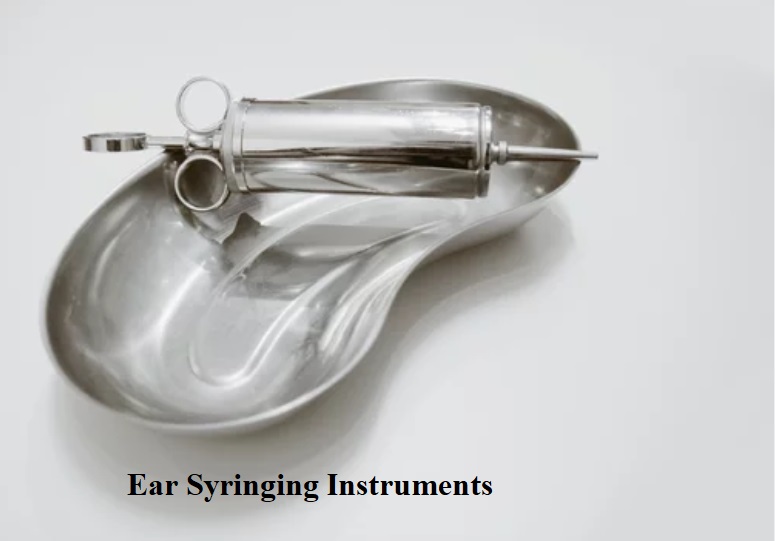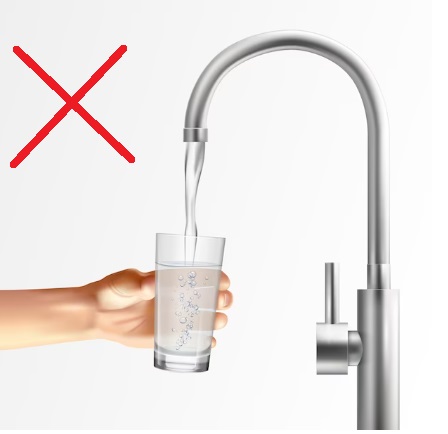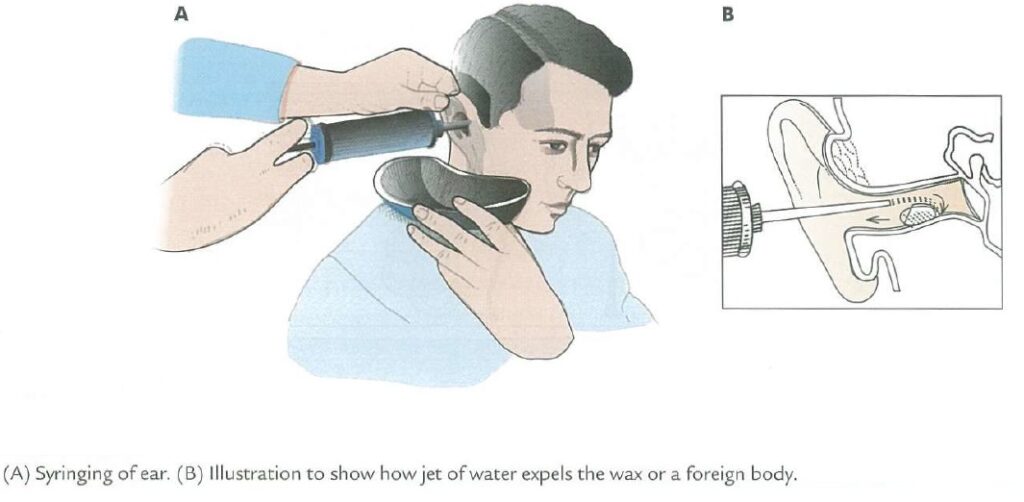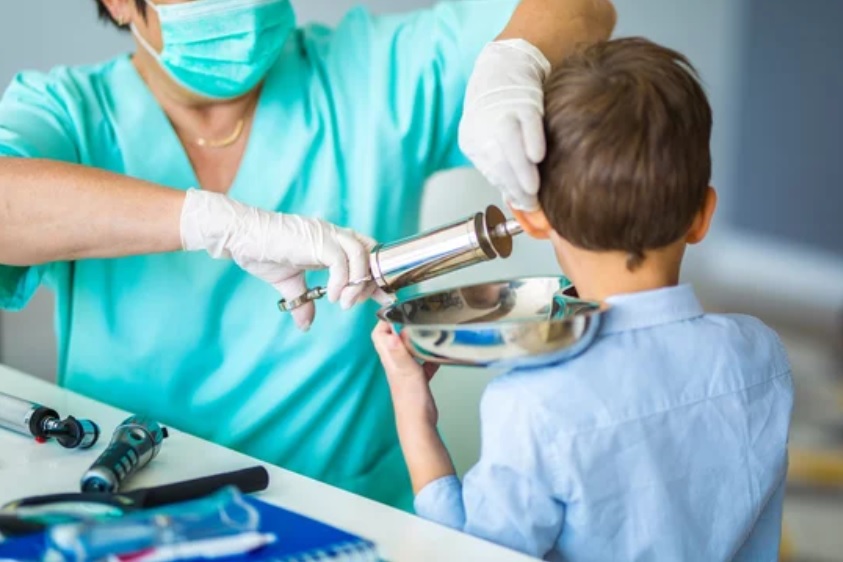Ear syringing is a method used to remove accumulated wax or foreign bodies (except organic foreign body which swells upon exposure to water) from the ear.
So, let’s dive into this BLOG and learn what ear syringing is and how to do it correctly!
Understanding Ear Wax Build-Up
First, let’s understand how ear wax build-up occurs. Wax is naturally produced in our ears, and it aims to protect our ears from dust, bacteria, and infections.
When we use our jaw to talk or chew or yawn, the motion of the jaw helps move the wax toward the ear’s outer opening, where it can be drained out or easily removed. Along the way, the wax gathers and removes harmful dirt, cells, and dead skin that can possibly lead to infection.
However, sometimes wax gets accumulated and needs to be removed.
What is Ear Syringing?
Ear syringing is a technique used to remove ear wax.
A special syringe or any 50 ml syringe attached to a soft tip is used for this, through which we gently introduce lukewarm water or saline solution into the ears with mild pressure. This water softens the wax and flushes it out.

NEVER USE TAP WATER FOR EAR SYRINGING or EAR IRRIGATION.

Precautions and Procedure
The technique of syringing the ear is as follows —
The patient is seated with the ear to be syringed towards the examiner.
A towel is placed around his neck. A kidney tray is placed over the shoulder and held snugly by the patient.
The patient’s head is slightly tilted over the tray to collect the return fluid. Pinna is pulled upwards and backward and a stream of water from the ear syringe is directed along the POSTEROSUPERIOR wall of the meatus.

The pressure of water, built up deeper into the wax, expels the wax out.
If the wax is tightly impacted, it is necessary to create a space between it and the meatal wall for the jet of water to pass; otherwise syringing will be ineffective or may even push the wax deeper.
The ear canal should be inspected from time to time to see if all wax has been removed.
Unnecessary syringing should be avoided.
At the end of the procedure, the ear canal and tympanic membrane must be inspected and dried with a pledget of cotton. This avoids any possible ear fungal infection that happens in wet ears.
Any ulceration seen in the meatal wall as a result of impacted wax is protected by the application of suitable antibiotic ointment.
Normally, Normal saline or boiled tap water cooled to the body temperature is used. If it is too cold or too hot it would stimulate the inner ear (the Labyrinth), and cause vertigo.
Too much force used in syringing may rupture the tympanic membrane especially when it has already been weakened by previous disease. In such cases, the patient might complain of intense pain and may become giddy and even faint.
It is necessary before syringing to ask the patient for any past history of ear discharge or an existing perforation. A quiescent otitis media may be reactivated by syringing.
Before performing ear syringing, we need to take some precautions. It should only be done under the supervision of a trained professional or a doctor.
DO NOT DO IT YOURSELF AT HOME, because if wrongly done it can lead to serious complications like –
a) Ear infection like Otitis Externa or Otitis Media
Wrongly performed ear syringing can lead to injury to the ear canal skin. This inflammation of the ear canal can further lead to infection. It can be excruciatingly painful.
Another potential complication is otitis media, which is inflammation of the middle ear that can cause ear discharge, hearing loss, a sensation of ear fullness or ear heaviness, or ear numbness.
Here are some steps to keep in mind during ear syringing:
1. Consult a doctor and seek their guidance.
2. Use a clean and sterilized syringe.
3. NEVER use Tap water for ear syringing or ear irrigation.
4. Use lukewarm water or saline solution.
5. Apply gentle and mild pressure with the syringe.
6. Avoid inserting the syringe too deep into the ears.
When to Avoid Ear Syringing?
There are certain situations where ear syringing should be avoided —
1. If you have a history of previous ear surgery.
2. If you have a hole in your eardrum.
3. If you have a history of recurrent ear infections.
4. If you are currently suffering from an active ear infection.
4. If you have any injury to your ear.
So, in this blog, we discussed ear syringing. It is an effective technique for wax removal, but it should be done with caution and under the guidance of trained professionals.
THANK YOU
MEDICAL ADVICE DISCLAIMER:
This blog including information, content, references, and opinions is for informational purposes only.
The Author does not provide any medical advice on this platform.
Viewing, accessing, or reading this blog does not establish any doctor-patient relationship.
The information provided in this blog does not replace the services and opinions of a qualified medical professional who examines you and then prescribes medicines.
And if you have any questions of medical nature, please refer to your doctor or qualified medical personnel for evaluation and management at a clinic/hospital near you.
The content provided in this blog represents the Author’s own interpretation of research articles.
